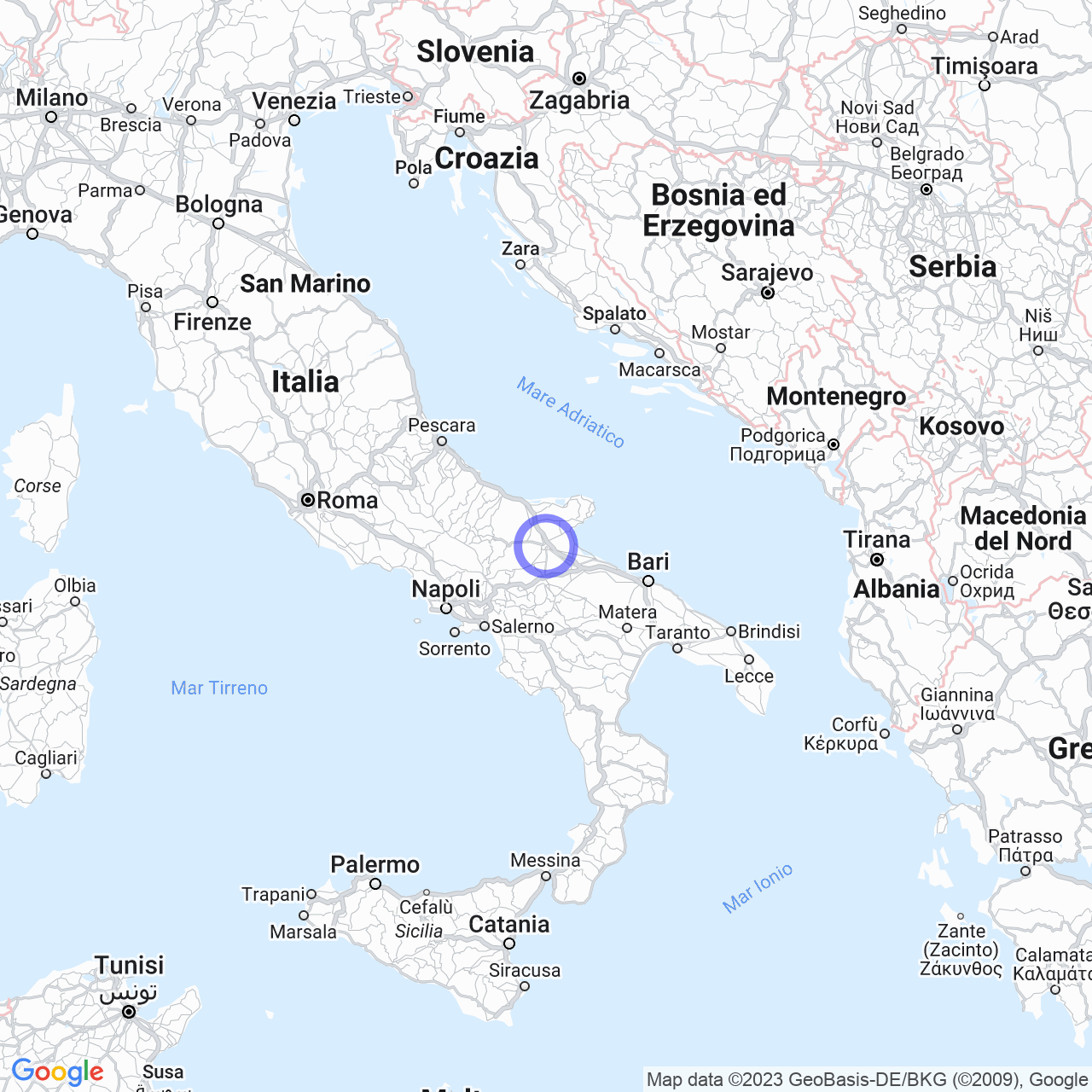Segezia
Borgo Segezia: a bit of history
Borgo Segezia is a charming hamlet located about 10 km from Foggia, along the direction towards Naples, adjacent to the SS 90 delle Puglie. Its foundation dates back to 1938, during the Fascist agrarian reform. It is said to have been intended as the "Latina of Tavoliere" and was desired by Araldo di Crollalanza, president of the National Fighters' Opera.
Concezio Petrucci designed the master plan and public buildings for the rural village located 11 km from Foggia. It was conceived as a new Fascist city, as the architecture of the belfry and square demonstrate, to perpetuate the memory of the regime's reclamation works in the Capitanata plain. Construction work began in the last years of the regime, but the project was abandoned with the rise of the Republic. Its name derives from the Latin "seges," a seeded field.
Economy: discovering Borgo Segezia
Borgo Segezia has always been a rural village, and its economy has always been linked to the land, having had in the past a strong agricultural vocation. Today, however, new economic and social realities are emerging thanks above all to the inhabitants of the hamlet, who are attached to their land and motivated to promote local resources. Borgo Segezia has always been characterized by a strong vocation for the cultivation of wheat, beans and lentils.

Borgo Segezia on the big screen
In 2006, Borgo Segezia hosted the set of one of the most important Italian films: My Brother Is an Only Child, directed by Daniele Luchetti. The film, starring Elio Germano and Riccardo Scamarcio, is set precisely in the Fascist period and saw Borgo Segezia as the perfect location for one of the most important scenes.
Bibliography and notes
For those who are curious to deepen the history of Borgo Segezia, there are many sources available. Among the main sources are the works of Arturo Cucciola, in particular "Old Cities/New Cities: Concezio Petrucci, 1926-1946", published by Edizioni Dedalo. As for the alleged origin of the name, some say that there was a Roman deity of harvests named "Segetia" or "Segesta."
In any case, Borgo Segezia is a place that deserves a visit, both for its history linked to the Fascist period, and for the natural beauties of the area. If you are in the area, come and say hello!
